Dove Award-winning musician David Crowder, known by his fans as just Crowder, recently shared a funny concert moment during an appearance on “The Morning Cruise.” Crowder described the incident as the “worst crowd surfing moment” ever.
The moment came about while Crowder playing a show in a small club in Dallas. Crowder told The Joy FM morning crew that the venue, which was packed with concertgoers, only had one restroom in the entire building, and it was located opposite of where the stage was.
Crowder shared that about 15 minutes into his set, he realized that he had to use the restroom and wasn’t going to be able to hold it.
RELATED: Watch Carrie Underwood and David Crowder Lead Thousands of College Students in Worship
“About 30 minutes in, I’m like, I’m not gonna make this whole set, so I have to stop the show. And I’m like, ‘Guys, I really need to use the restroom,’” he said.
Crowder recalled telling the audience, “Guys, I really need to use the restroom. And I see that the only place to go is across you all.”
Crowder said the audience proceeded to “crowd surf” him to the restroom. “I stopped a show because I had to go so bad and I’m just in there, and I’m like, ‘Oh, my word, this is not a time for stage fright,’” Crowder said. “Like, they’re waiting. They’re waiting, man, you’ve got to speed this up.”
Crowder said that while he was trying to use the restroom, knowing that everyone knew what he was doing, his band started playing the chicken dance song. “It’s speeding up and speeding up,” he recalled, “and I’m like, ‘Come on, guys!’”
After Crowder finished his business, he said, “Now I’ve got to get back to the stage—that’s the worst—after they know I’m done and then they take me back. I almost floated. It felt like I hovered above. It was terrible.”
“I promise you,” he said, “the stress that was with me alone in that room while they waited—it was the trip back where I was completely humiliated.”
“And then the thing is we had to stop the song like, you know, midway through,” Crowder said. “And as soon as I got to the stage, somebody counted us off and we picked it right back up where we left off.”


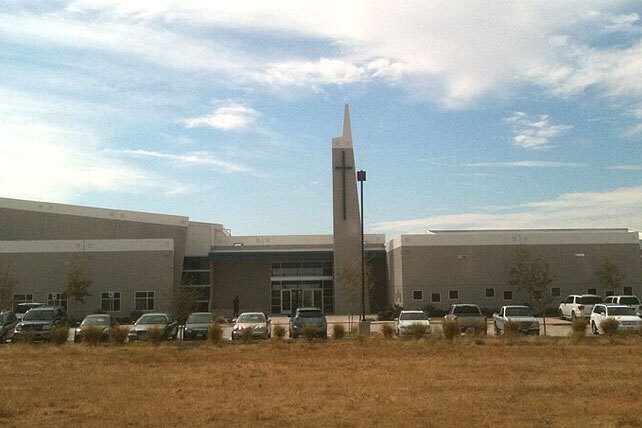
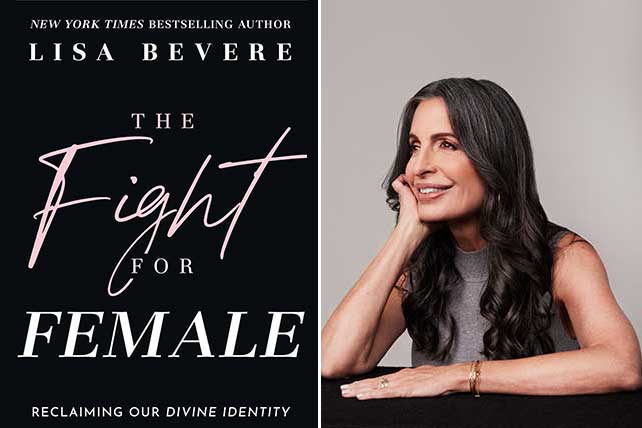


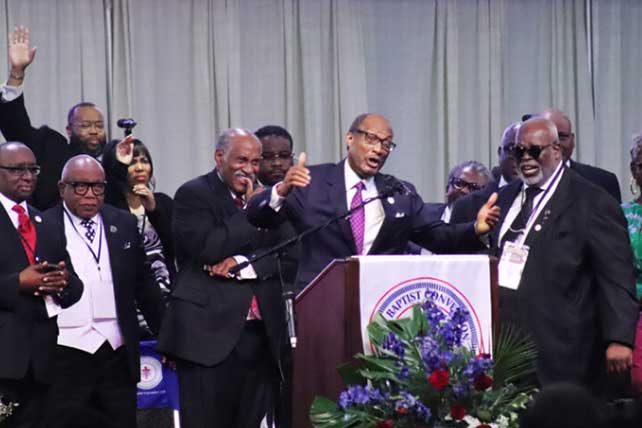
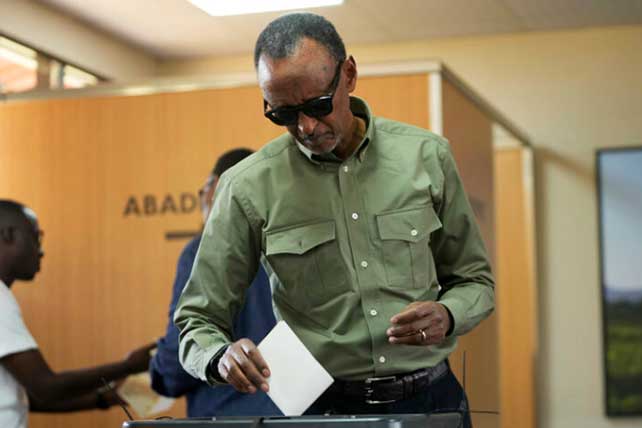





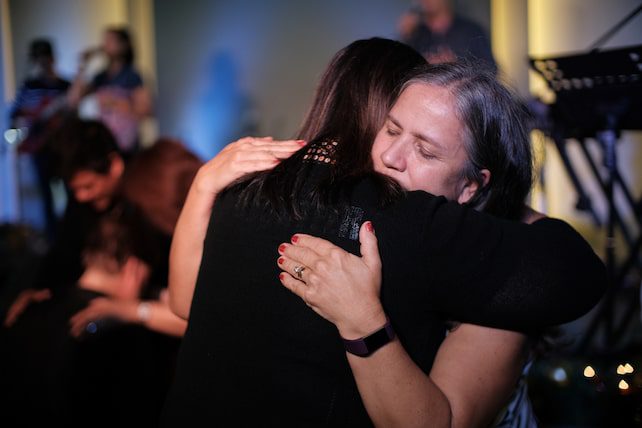
 Do you desire to be a
Do you desire to be a 




 In our fast-paced, technology-driven world, the art of cultivating deep, meaningful friendships seems to be gradually fading into the background. Yet, the essence of human connection, the very fabric that holds our societal structure together, calls for a revival of this lost art. The journey toward building significant relationships is a marathon, not a sprint, marked by the investment of time, emotional energy, and genuine effort. The reward, however, is the creation of bonds that provide support, understanding, and joy throughout life’s myriad phases.
In our fast-paced, technology-driven world, the art of cultivating deep, meaningful friendships seems to be gradually fading into the background. Yet, the essence of human connection, the very fabric that holds our societal structure together, calls for a revival of this lost art. The journey toward building significant relationships is a marathon, not a sprint, marked by the investment of time, emotional energy, and genuine effort. The reward, however, is the creation of bonds that provide support, understanding, and joy throughout life’s myriad phases.










